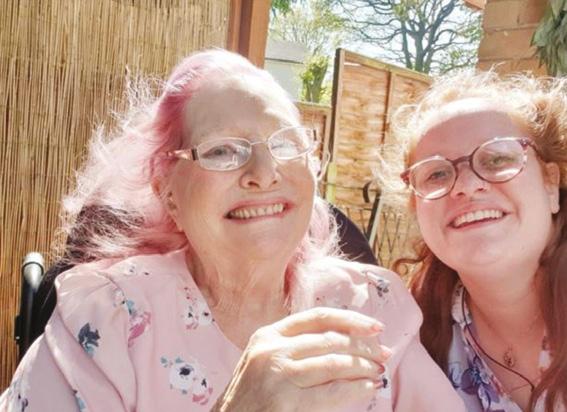RECOVERY & REHABILITATION
How the Arts Therapies can support the mental health of BRAIN INJURY SURVIVORS By Daniel Thomas, Managing Director & Neurologic Music Therapist, Chroma
S
uffering a traumatic or acquired brain injury can have devastating physical, mental and emotional impacts upon the individual. Physical rehabilitation through physiotherapy, speech and language, occupational therapy and neurologic music therapy Dan Thomas can all help improve quality of life by improving functional skills and abilities (to the extent for that individual) but, the case remains for improving their mental and emotional function. Acceptance of their post-injury situation and medical condition is difficult, so it is here that arts therapies interventions can play a huge part in rehabilitation following a brain injury. Investigating the effects of art therapy in rebuilding self-identity following a Traumatic Brain Injury (TBI), Di Vita, 2020, observed ‘an increased ability to adapt to the experiences of life as well as a higher level of awareness, social functioning and emotional autoregulation…patients exhibited a reduction in depressive symptoms and in the perception of physical problems.’1 Di Vita surmised that results highlighted the importance of treatments focusing on In effect, arts therapies enable the individual the patients’ emotional needs, in addition to to externalise their inner thoughts and the classic rehabilitation (i.e. physiotherapy, feelings, as a result of a process which cognitive therapy). externalises what is happening internally for In terms of rebuilding self-identity, the the individual. process of mask making can Mask making as an art therapy provide an effective medium Studies have found the arts intervention has proved an in helping patients express their emotions regarding their therapies to be effective in helping TBI effective medium for cases such as these (rebuilding self-identity) condition, how they now see patients with emotional expression, as it represents the face. The face themselves and how they feel is the one part of the body where the world now sees them. This socialisation, emotional adaptation to one can choose to hide or show process provides a voice for mental and physical disabilities, and feelings. Emotional masking exists the patient, allowing them to and can have detrimental effects express their thoughts without communication in a creative and nonupon emotional wellbeing if not saying a word. Art therapy threatening way. addressed. helps to unlock emotions and More girls than boys use to begin rebuilding self-identity. emotional masking according to Davis (1995)3 and Garside and Studies have found the arts therapies to be effective in Kllimes-Dougan (2002)4, which may demonstrate the decisions helping TBI patients with emotional expression, socialisation, children often make to fit with peers, and the possible emotional emotional adaptation to mental and physical disabilities, and strain this has upon them. communication in a creative and non-threatening way.2
24
2021/2 2
sevenstarmedia.co.uk


























































